In Artinis NIRS blog, you will find the latest trends in (f)NIRS, NIRS studies and applications, tutor from the leaders of near infrared spectroscopy, not to mention detailed insights and tips and tricks for your research!
Search blog post topic

Which experimental designs to use in fNIRS — Resting-state design
Resting-state design using fNIRS can give information on neural networks and functional brain architecture, and is often used in developmental and clinical studies. In this blogpost, we discuss the characteristics, advantages, and considerations of resting-state experiments and give recommendations for successful fNIRS resting-state studies.
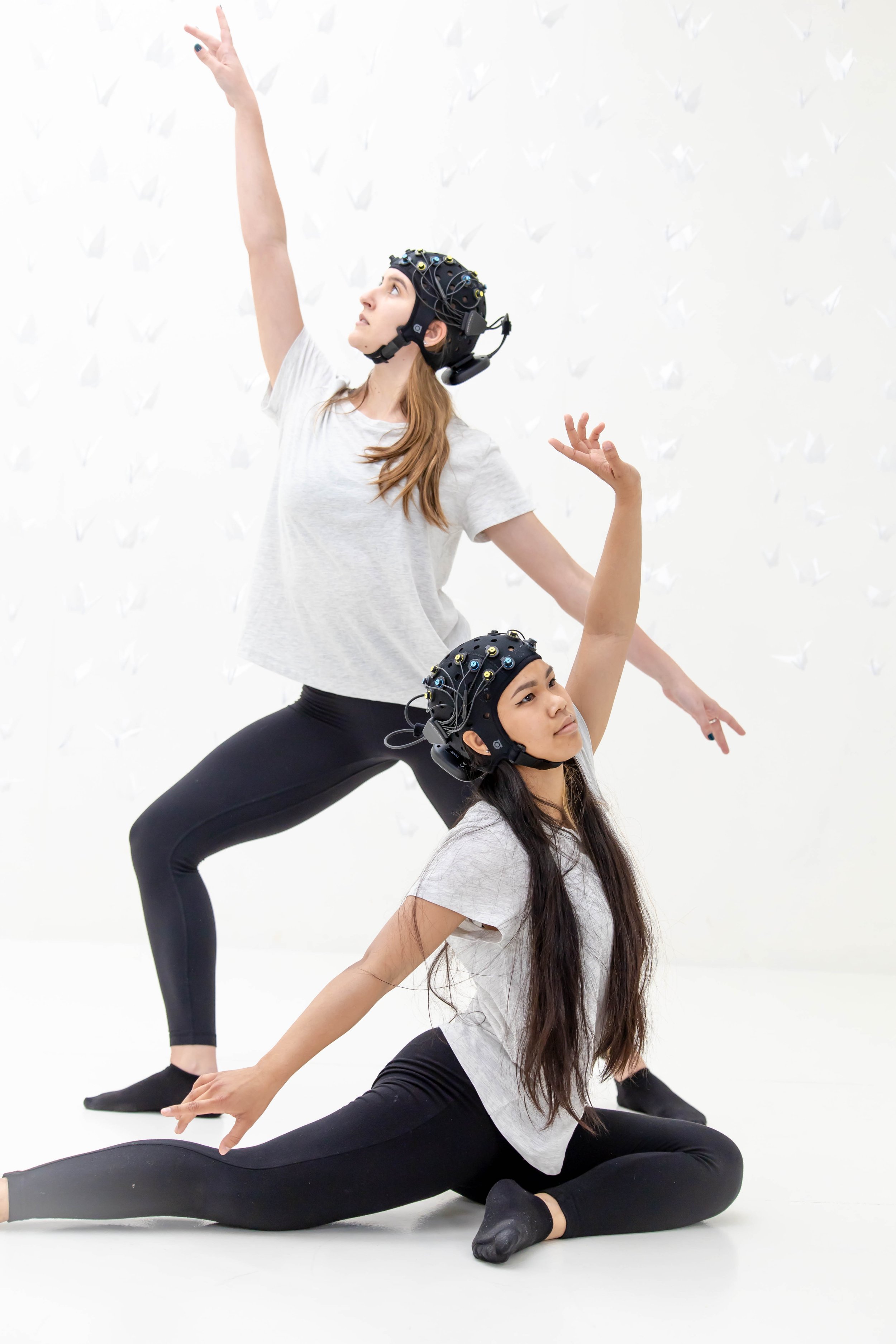
Motion artefacts in (f)NIRS — How to address them
Movement is one of the most common causes for artefacts in neuroimaging tool such as fNIRS. Once motion artefacts are detected, it is important to decide on how to address them to preserve data validity. In this third blogpost of our motion artefact series, we present different methods to correct for motion artefacts and their advantages and disadvantages.
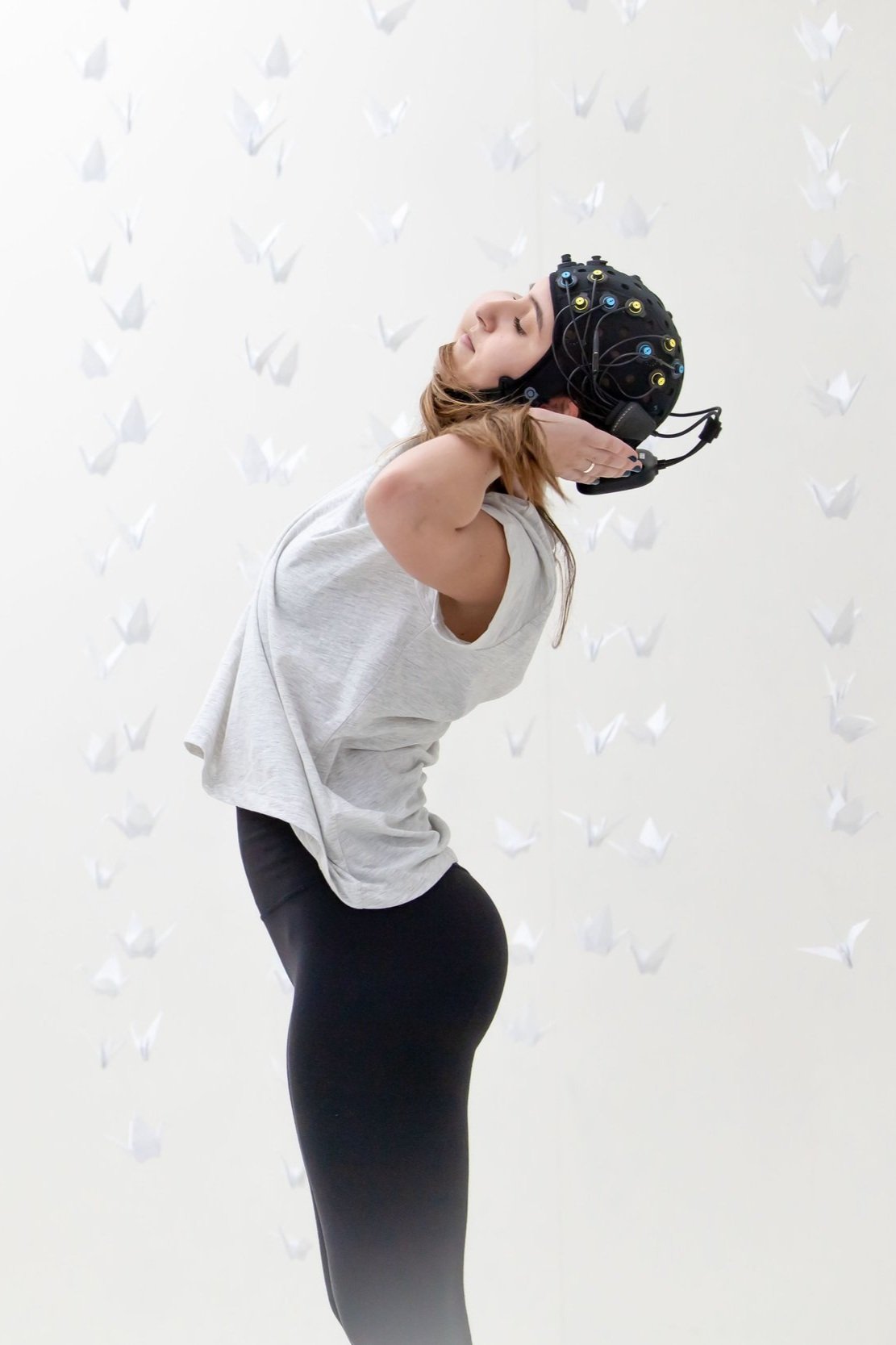
Motion artefacts in (f)NIRS — How to best detect them
Although fNIRS is relatively insensitive for motion artefacts, they cannot be completely prevented. Fortunately, there are various ways to detect motion artefacts. In this second part of our blogpost series on motion artefacts, we explain different methods of detections and elaborate on their advantages and disadvantages.
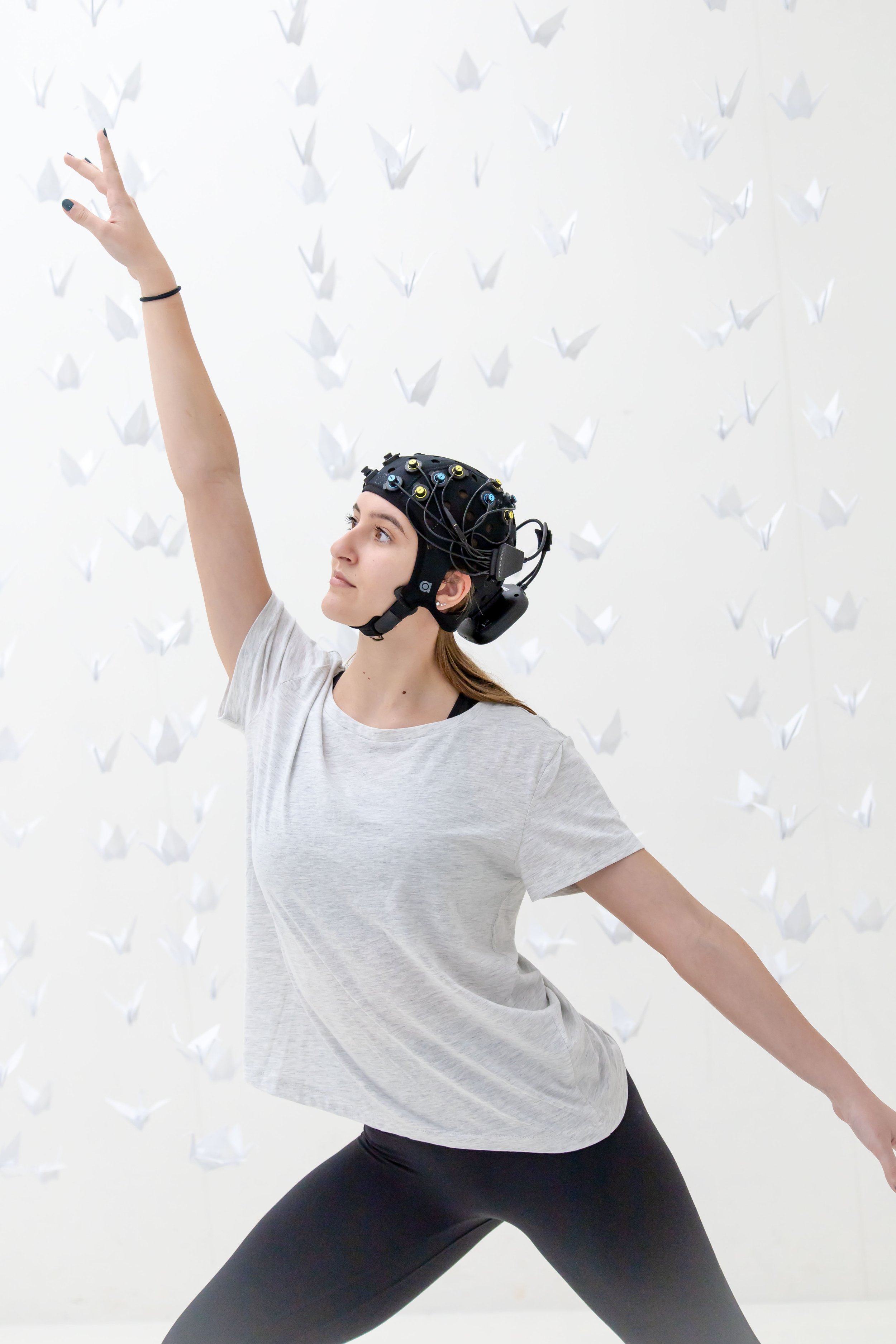
Motion artefacts in (f)NIRS — Not a problem, but not to be overlooked
Due to its portability and ease of use, fNIRS is applied in a variety of research fields, especially in study designs involving movement. Although fNIRS is relatively insensitive to motion artefacts, they still can occur and might influence signal quality. In this first part of our blogpost series on motion artefacts in NIRS, we explain what movement artefacts are and how they can be recognized.

Multimodal fNIRS-EEG measurements: Ensuring high-quality EEG recordings in integrated fNIRS-EEG setups
Combining fNIRS and EEG is gaining increasing popularity in neuroscience, allowing for the best of both worlds to be combined. One challenge in multimodality measurements can be interference (also known as crosstalk), especially when fNIRS optodes and EEG electrodes are placed close to each other. In this blog post, we demonstrate that it is possible to achieve high-quality EEG recordings without interference during simultaneous measurements with the Brite (fNIRS) and APEX (EEG) devices.
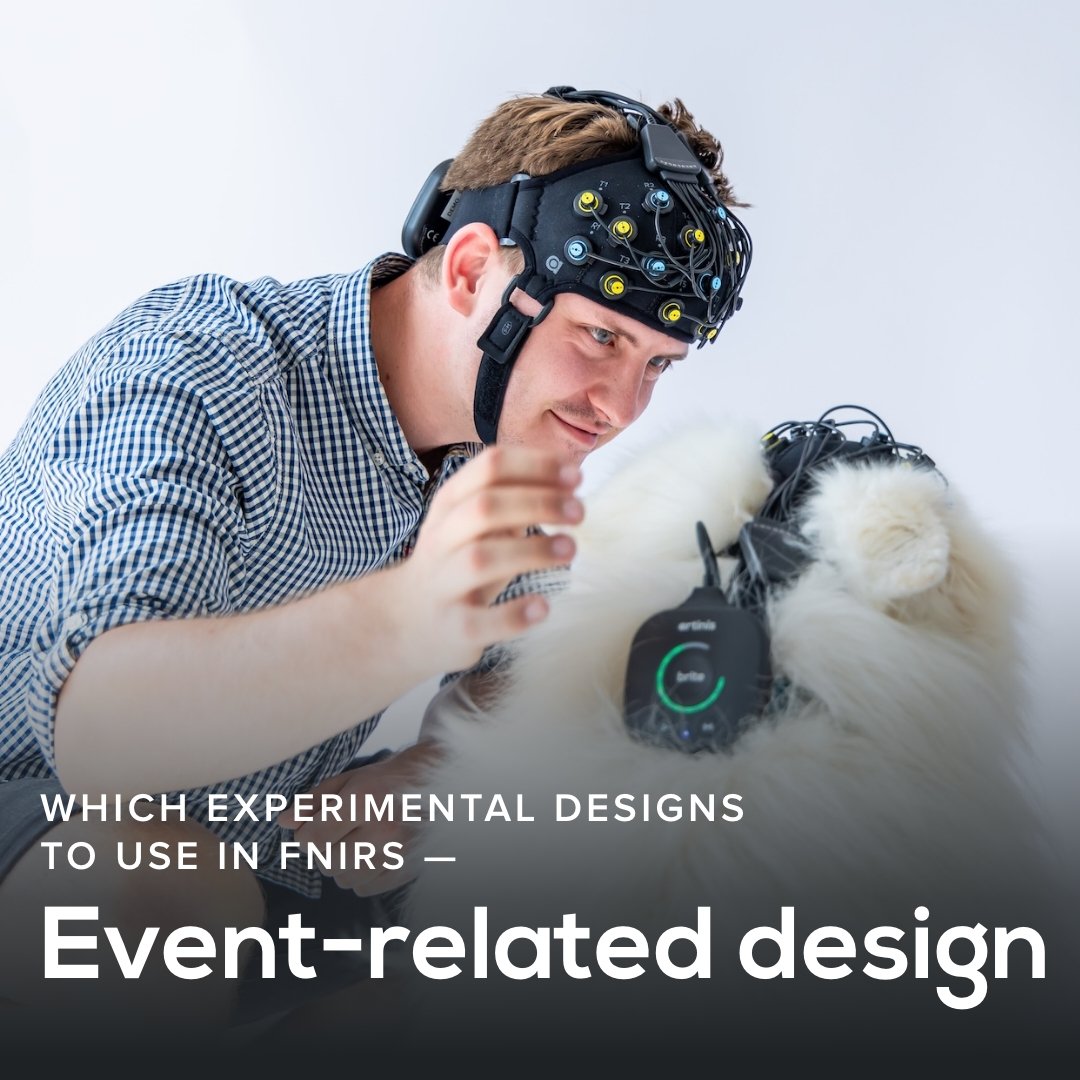
Which experimental designs to use in fNIRS — Event-related design
Event-related study design is frequently used in fNIRS experiments, especially in naturalistic settings or multimodality setups. In this blogpost, we explain what event-related study design is, and dive into its advantages and considerations, as well as recommendations on how to best set up an event-related fNIRS study.
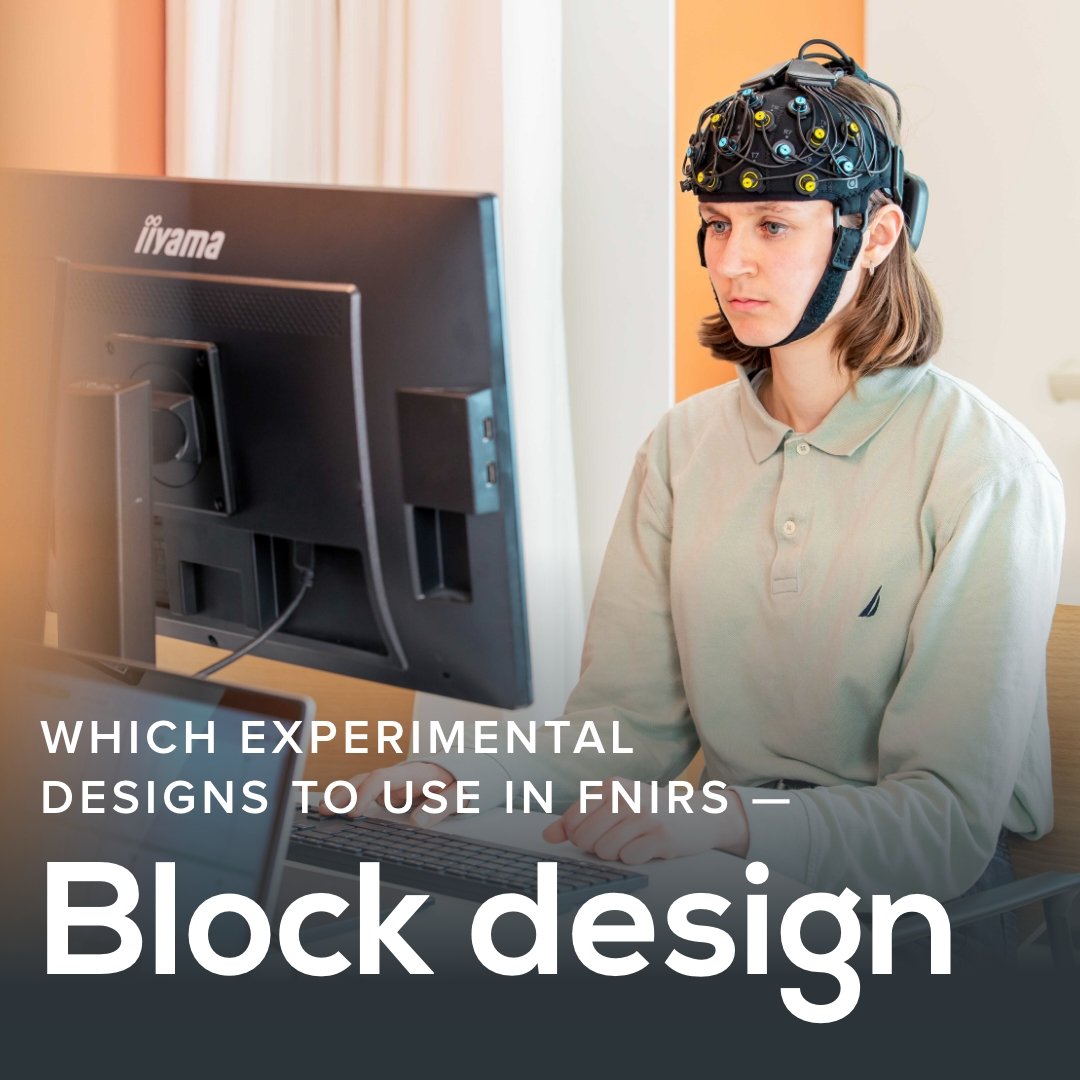
Which experimental designs to use in fNIRS — Block design
Block design is one of the most frequently used experimental designs when performing fNIRS experiments, as it offers various advantages. In this blogpost, we explain characteristics, advantages and considerations of block design experiments, and give recommendations on how to correctly use it in your fNIRS research.
